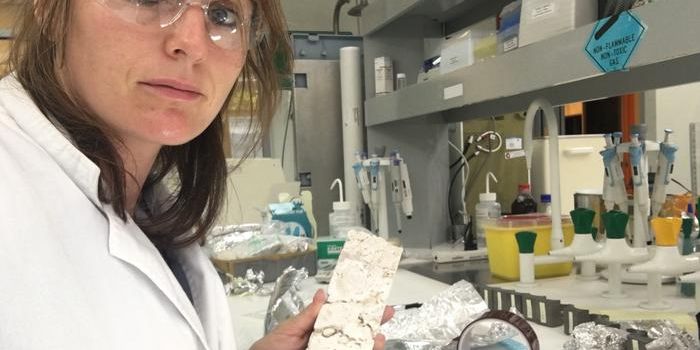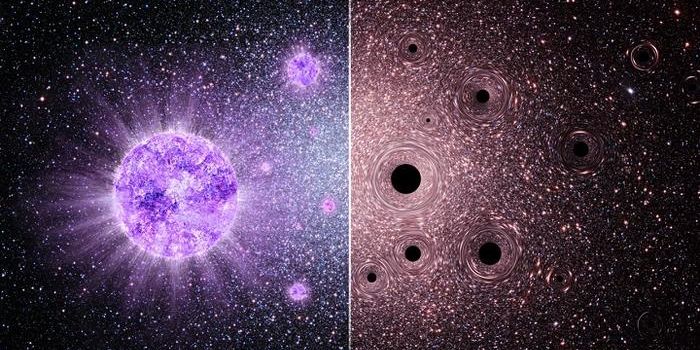Human Activities are Causing the Next Mass Extinction
One million animal and plant species—one in every four—are at risk of extinction at an unprecedented rate of decline. This dire fact is one key message from the groundbreaking new report from the Intergovernmental Science Policy Platform on Biodiversity and Ecosystem Services (IPBES). In a press release regarding the report, co-chair Professor Sandra Diaz said, “Biodiversity and nature’s contributions to people are our common heritage and humanity’s most important life-supporting ‘safety net.’ But our safety net is stretched almost to the breaking point.” The rate at which species are facing extinction is 10 to hundreds of times higher than the average over the last 10 million years—and this rate is accelerating.
IPBES Chair Sir Robert Watson said, “the overwhelming evidence of the IPBES global assessment, from a wide range of different fields of knowledge, presents an ominous picture. The health of ecosystems on which we and all other species depend is deteriorating more rapidly than ever.” His continued by warning that “we are eroding the very foundations of our economies, livelihoods, food security, health, and quality of life worldwide.”
According to IPBES, this is the first intergovernmental report of its kind and the most comprehensive one to date. It was compiled by 145 authors from 50 countries with input from another 310 contributing authors. They used fifty years of information from 15,000 scientific and governmental sources, including indigenous and local knowledge. A summary of the report was approved at a session of the IPBES Plenary last week in Paris, France.
To “increase the policy-relevance” of the report, authors ranked the top five drivers of change as changes in land and sea use, direct exploitation of organisms, climate change, pollution, and invasive alien species. Human actions—notably agriculture and urban expansion—have “severely altered” 75% of terrestrial habitats and 66% of marine environments. “Direct exploitation” refers to overfishing of marine fishes, more than 33% of which are overharvested. Climate change impacts species as well as their habitats, and the suitable ranges for terrestrial species will shrink with a warming of just 1.5 to 2 degrees. Pollution from plastics has increased by ten times, only since the 1980s. Also, 300 to 400 million tons of toxic metals, solvents, sludges, and other wastes are dumped in our world’s waters every year. Invasive alien species have increased by 70% across 21 countries since the 1970s.
Another key message is that current global conservation and sustainability goals cannot be met based on the current negative trajectory. The authors state that “goals for 2030 and beyond may only be achieved through transformative changes across social, political, and technological factors.” They advise that biodiversity loss is not just an environmental issue, but also impacts across developmental, economic, security, social, and moral issues as well. Small changes in human behavior do help, but drastic action at the policy level locally and nationally must be implemented to make a difference.








